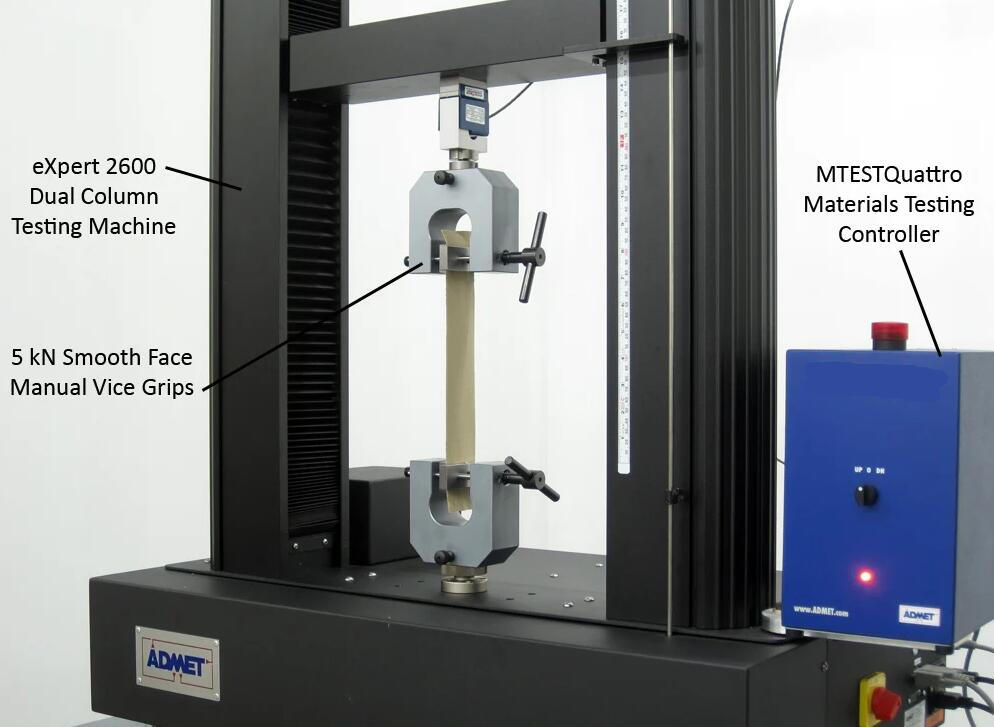- Qinsun Instruments Co., Ltd.
- Tell:+86-21-6780 0179
- Phone:+86-17740808215
- Address:No. 2578 Minhang District Gu Dai Road, Shanghai
- Contact:Mr. Li
- QQ:846490659
Blank test and spiked recovery rate

1. Definition of blank experiment
Blank experiment (blank determination) refers to the process of adding reagents and operating steps that are completely the same as the sample determination, except for using water to replace the sample. Blank experiments should be conducted simultaneously with sample measurements.
2. Blank experimental values
The response value of sample analysis (such as absorbance, peak height) is usually not only the response value of the substance to be tested in the sample, but also the response value of all other factors (such as impurities in the reagent, contamination in the vessel, environment, and operation process). Due to the frequent changes in the size of various factors that affect the blank value, in order to understand the comprehensive impact of these factors, blank experiments should be conducted every time while analyzing the sample. The result of a blank experiment is called the blank experimental value.
3. Conduct a blank experiment
(1) The size of the blank value and its degree of dispersion affect the detection limit of the method and the precision of the measurement results.
(2) The factors that affect the blank value include: quality of pure water, purity of reagents, quality of test solution preparation, cleanliness of glassware, sensitivity and accuracy of precision instruments, cleanliness of the laboratory, operational level and experience of analysts, and so on.
(3) Requirements for blank experimental values: The repeatability of blank experimental values should be controlled within a certain range, and the relative difference between parallel double blank measurement values is generally required to not exceed 50%.
2、 Recovery rate of spiking
The determination of spiked recovery rate can reflect the accuracy of the test results. When measuring the recovery rate according to parallel spiking, the obtained results can reflect the accuracy of the test results and also determine their precision. In the actual measurement process, some standard solutions are added to the processed sample, which is not reasonable enough, especially when determining organic components and the sample needs pre-treatment, or when determining volatile substances and other components that require distillation pre-treatment, it cannot reflect the contamination or loss during the pre-treatment process. Although the recovery rate is good, it cannot fully indicate the accuracy of the data.
When measuring the recovery rate of spiking, the following points should also be noted:
1) The form of the spiked substance should be the same as that of the test substance.
2) The precision of the measurement of spiked quantity and spiked recovery rate should be controlled, and the following regulations are generally made:
① Scaling should be as close to or equal to the content of the analyte in the sample as possible, and attention should be paid to its impact on the sample volume;
② When the content of the analyte in the sample approaches the detection limit of the method, the spiked amount should be controlled within the low concentration range of the calibration curve;
③ Try not to add more than three times the content of the analyte as much as possible;
④ The measured value after adding the standard should not exceed 90% of the measurement limit of the method;
⑤ When the concentration of the analyte in the sample is higher than the middle concentration of the calibration curve, the spiking amount should be controlled at half the concentration of the analyte.
3) Due to the identical analysis conditions of the spiked sample and the sample, the effects caused by interfering substances and incorrect operations are equal. When calculating the recovery string based on the difference in its measurement results, it often cannot accurately reflect the actual errors in the sample measurement results.
The national standard GB/T27404-2008 "Laboratory Quality Control Specification for Food Physical and Chemical Testing" specifies the recovery rate test.





